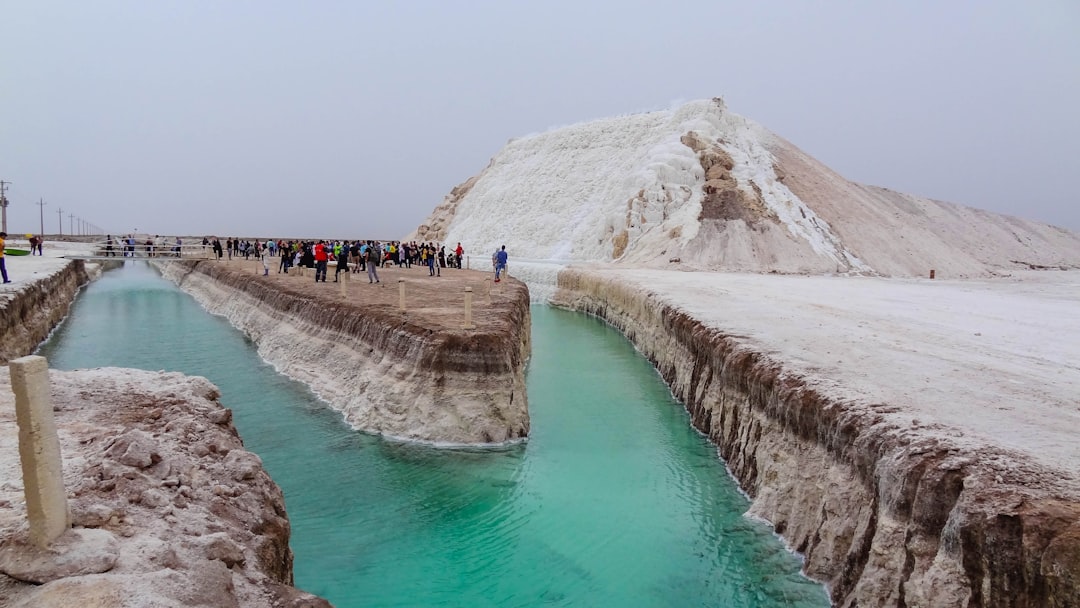What is it about?
The goal of this study was to investigate whether fatty acid composition of Bacillus spores could be used reconstruct the growth medium used for culturing. Biochemical signatures such as these may provide useful information during a biocrime investigation where cells of unknown origin are recovered as evidence. We found that choice of growth medium formulations changed the fatty acid composition of Bacillus cereus spores likely due to the varying types and concentration of complex nutrient additives in the formulation.
Featured Image
Why is it important?
An important goal for forensic agencies is the development of signatures that can indicate the growth environment or culturing conditions used to a prepare biothreat agent. Phenotypic signatures such as lipid and fatty acid composition can can offer a useful data stream that can complement information gained from genetic analysis of the same organisms.
Read the Original
This page is a summary of: Use of Fatty Acid Methyl Ester Profiles for Discrimination of Bacillus cereus T-Strain Spores Grown on Different Media, Applied and Environmental Microbiology, January 2010, ASM Journals,
DOI: 10.1128/aem.02443-09.
You can read the full text:
Contributors
The following have contributed to this page










